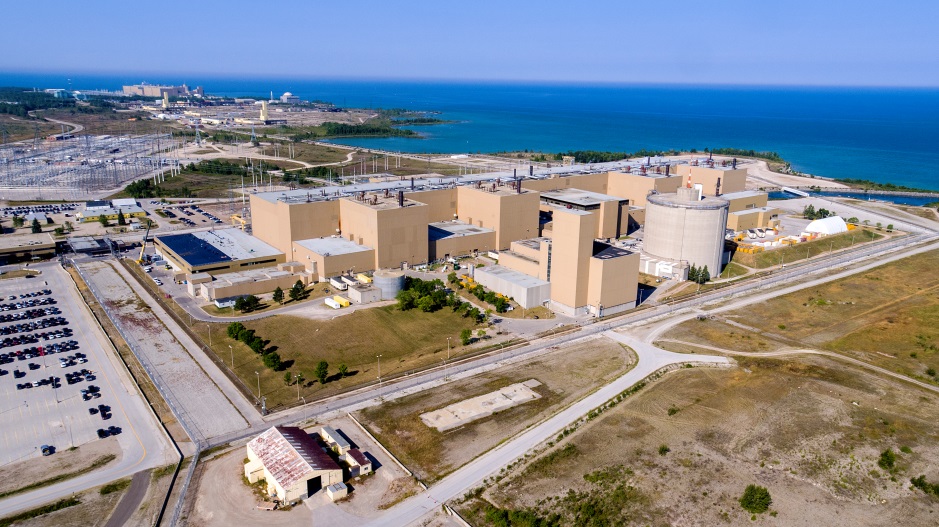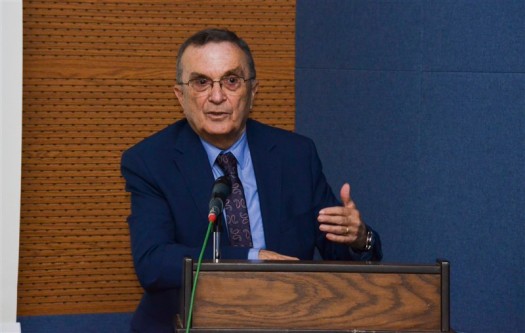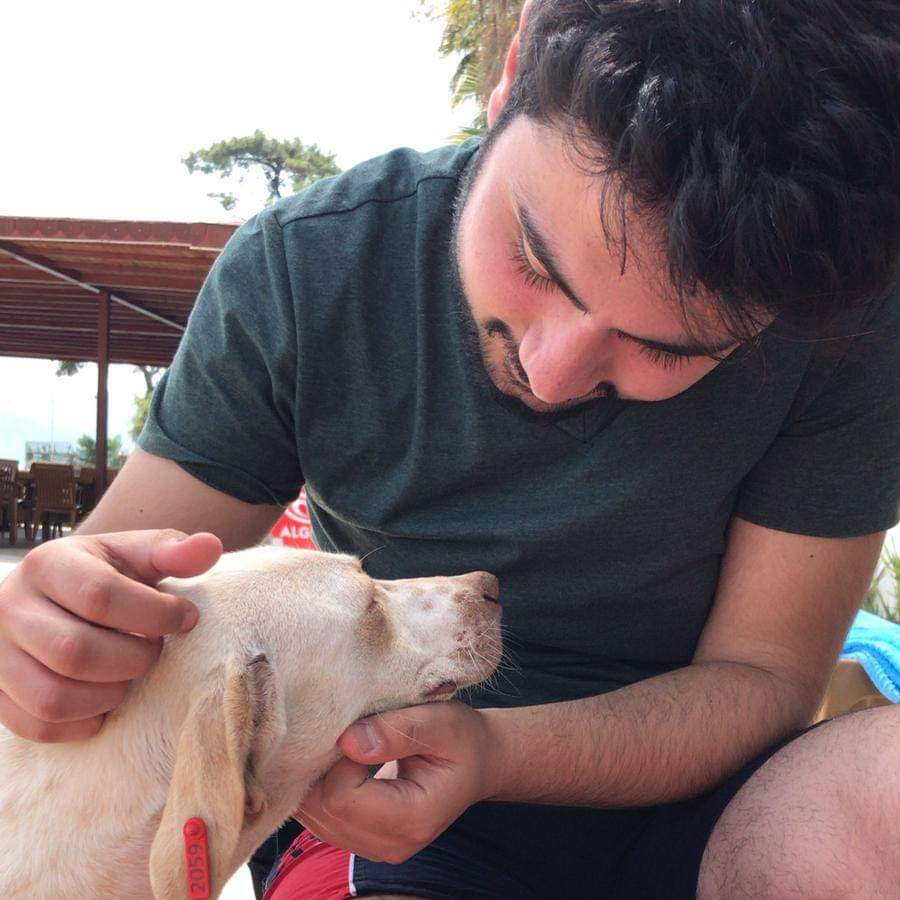Under favour of The Thorium Network, I met a successful and farsighted person. The person who caught my attention with his works and ideas in various fields is Emre Kıraç, CEO of Kıraç Group. If we talk about him briefly, Mr. Emre received his bachelor’s degree in electrical engineering from Istanbul Technical University. After completing his master’s degree in Entrepreneurial Management at London EBS (European Business School), he still works as the general manager of Kıraç Group companies operating in the fields of energy, transportation and health. If I were to talk about Mr. Emre for myself, I can say that he is open to new ideas and a model to young entrepreneurs with his success in many sectors he has entered. As a nuclear engineer, the thing that draws my attention the most is his innovative views, support and work in the field of energy. The reason why I say so is that, as we know, the need for energy is increasing day by day due to the increasing population and other factors. There are many different methods to supply with the energy need. One of them is nuclear energy. We see that Mr. Emre closely follows and supports the developments in the nuclear field.
Without further ado, you can see what we asked in our interview. Good reading!
Rana,
President of the Student Guild
The Thorium Network
Can you tell us about the development of Kıraç Group? Since 1982, your company has continued to grow. What is your biggest source of motivation?
Our company’s history and the fact that we have earned people’s confidence in the workplace. Moreover, one of our major sources of motivation is to ensure and improve the continuation of our businesses.
In which areas and specifically on which subjects does Kıraç Group focus on R&D studies?
In particular, we have four companies engaged in R&D work. These companies develop their own products. Kıraç Metal is working on solar energy systems, Kıraç Galvaniz is working on highway protection systems, Kıraç Bilişim is working on hospital automation, and Kıraç HTS is working on aviation.
You’ve worked in the energy business for a long time and have a lot of experience in it. I’d want to hear your own thoughts on nuclear energy and reactors.
Nuclear energy, in my opinion as an electrical engineer, is a healthy and safe source of energy. Of course, if it’s done correctly. There have unfortunately been awful examples of this in the past. Unfortunately, many associate nuclear energy with nuclear weapons, and as a result, they are biased towards this sort of energy. But, with smart design and hard effort, I’m confident that many people will see nuclear power as clean and safe.
As Kıraç Group, you give importance to green energy. You have studies and activities on solar energy and wind energy. The world also needs nuclear energy and we cannot stop climate change with wind and solar energy alone. What do you think about Turkey’s adventure in the field of nuclear energy? What changes will happen after that?
As we know, Akkuyu nuclear power plant installation has started. Of course, our country does not have any nuclear technology. In fact, nuclear technology is a technology that has been on the world agenda since the 1940s. Although Turkey has technology in many fields, unfortunately it has not had any technology in the nuclear field. Therefore, our country should develop itself in the global conjuncture.
Do you find Turkey’s studies on renewable energy sufficient? What do you think should be done more?
The main country that creates the economy of renewable energy is Germany. In this sector, we continue our work in Germany. Although this country is less efficient in terms of solar energy compared to other countries, it has many more solar power plants. In Turkey, on the other hand, solar power plants will definitely become more widespread. We are also in this business. Turkey is a complete renewable energy country in terms of both wind and solar energy. We also closely follow the hydrogen-based energy technology. Renewable energy should become more widespread in our country. Our country is very clear in this regard. The important thing is to increase the incentives of the state to this sector.
What are your thoughts on molten salt reactors? Can a molten salt reactor be established in Turkey after the VVER 1200 (PWR) to be established in Akkuyu and can it be produced entirely with national resources?
I got detailed information on this subject. The implementation of this technology would be incredibly good for Turkey. Since Turkey is rich in thorium reserves, this technology carries our country much further in the nuclear field. But for this technology to be applicable, R&D studies are needed. I think this will be possible with the efforts of our state and universities.
Can you tell us about your cooperation with Thorium Network? What prompted you to make this collaboration? What was the most influential factor for you?
First of all, since we are in the energy sector, Thorium Network attracted our attention. We have an old friendship with Mr. Jeremiah. I am interested in Jeremiah’s blogs and I follow them. After he came to Turkey, I had the opportunity to get to know him better. In addition to these, I feel responsible for this issue as Eskişehir has thorium deposits. I want to promote and develop Thorium Network in this environment. This is my biggest goal right now.
What kind of work can be done to spread the idea of nuclear energy in Turkey?
We need to lobby on this issue. People like you and us need to understand this technology very well and explain it to other people. We are just at the beginning of the road. Firstly, the Molten Salt Reactor technology needs to be developed. The more R&D studies we do on this subject, the more positive returns will be.
Turkey wants to design and install a molten salt reactor with completely domestic and national resources. Especially the Turkish Energy, Nuclear and Mining Research Institute (TENMAK) is very enthusiastic about this issue. Do you think TENMAK and universities alone will be enough for R&D studies or do we need other organizations?
We need an international communication on this issue. There may also be a need for the private sector, but we do not have many companies that have worked in the nuclear field. Together we can research and develop. Apart from these, it is important for the state to support, technical and commercial reports should be prepared and funds should be allocated. Then an international partner can be found and brought to better places.
When I examined your company, the years you entered new sectors caught my attention. You identify the needs very clearly and produce solutions in the most effective way. What do you pay attention to when entering a new industry? In your opinion, if the first molten salt reactor were to be successfully established in our country, where would Kıraç Group be in this process? (Part production, liquid fuel production, construction, electricity etc.)
The nuclear industry is a very large and complex field. We have thousands of products, of course, we can meet some of them in the future. But it’s too early to talk about that. We will cooperate with Thorium Network on this issue. There is also a large thorium reserve and precious metals in Eskişehir. These mines are currently being sold. It would be much better if we were in a position to add value to these mines. We continue our research on this subject.
We had a great time during the interview. We’d like to show our thanks to Mr. Emre for the information he gave and for his participation.
You may also stay updated on developments by visiting our website and joining our student guild.
Thorium Network Student Guild continues to inspire people all around the world. Come and join our team! You can find the Student Guild application on this page:
The Student Guild of The Thorium Network
Links and References
- Emre Kirac on LinkedIn
- Rana on LinkedIn
- The interview on YouTube
- Kirac Group
- Interview #1, Akira Tokuhiro, “Leading to Nuclear”
- Launching “Leading to Nuclear, Interviews by the Thorium Network Student Guild”
- The Student Guild
#StudentGuild #LeadingToNuclear #Interview #EmreKirac #KiracGroup























You must be logged in to post a comment.